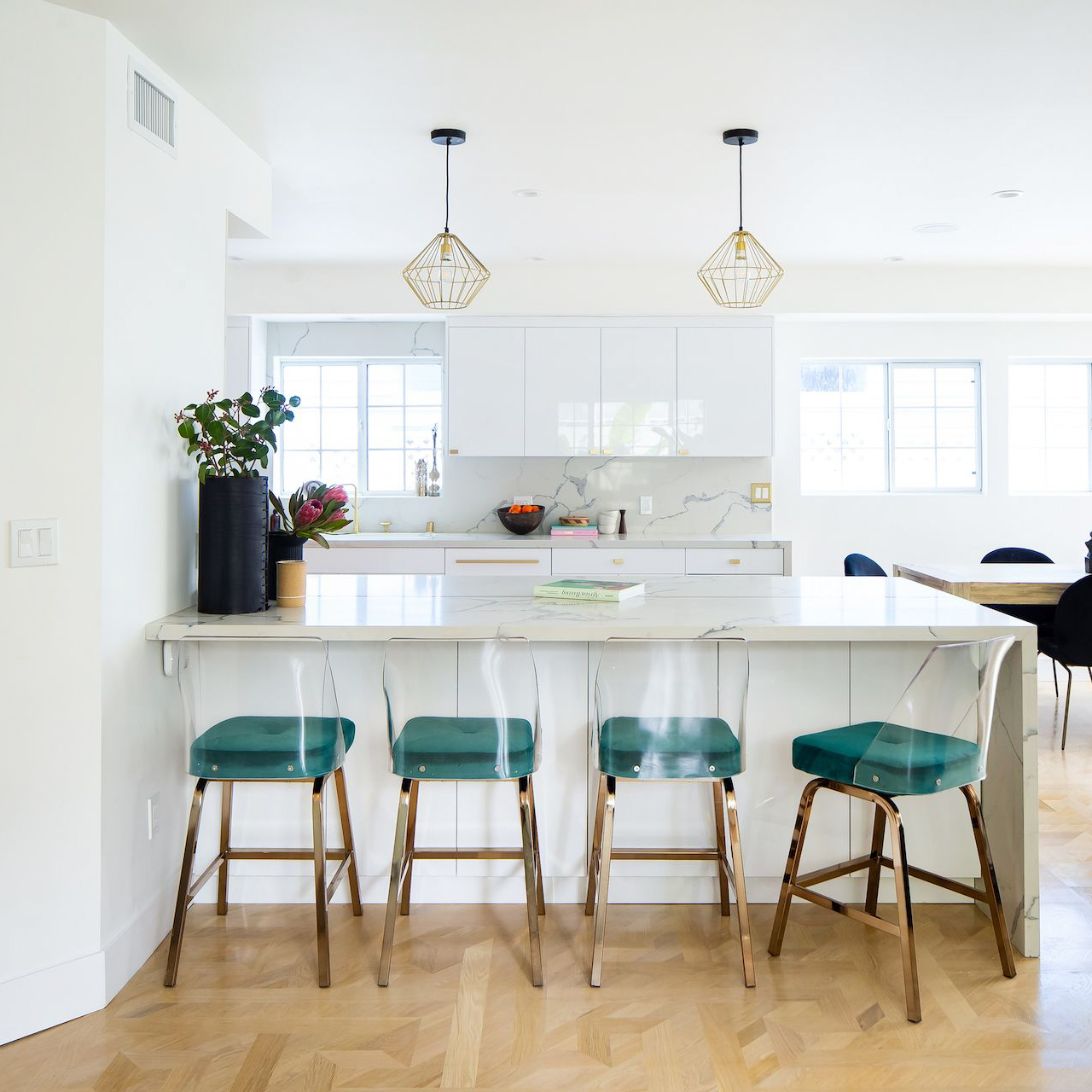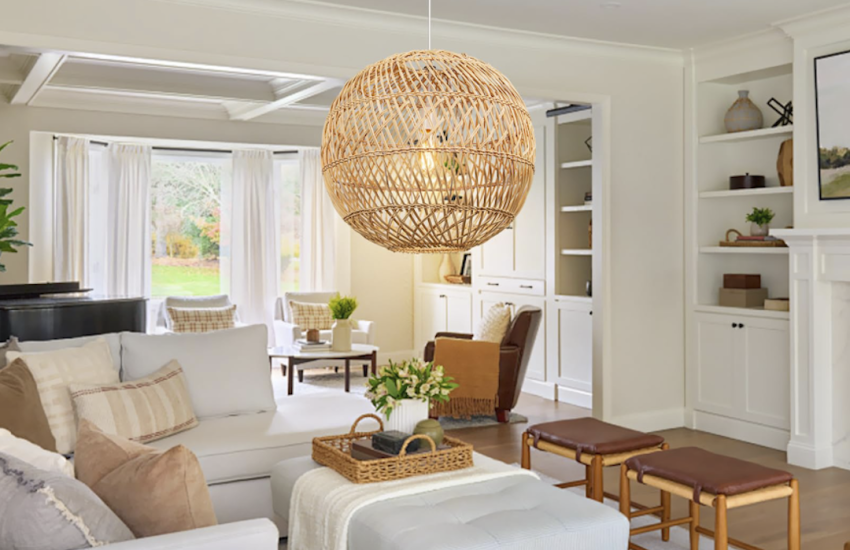
Introduction
Lighting plays a crucial role in creating a comfortable and inviting atmosphere in any room. Whether you’re designing a bedroom, living room, or home office, paying attention to the type, placement, and intensity of your lighting can make a big difference in how you and your guests feel in the space. In this article, we’ll explore the best practices for room light design and share some creative ideas for achieving maximum comfort and functionality.
Understanding the Types of Lighting
Before diving into specific room lighting design ideas, it’s important to understand the three types of lighting: ambient, task, and accent. Ambient lighting is the general illumination that fills the room and provides an overall sense of brightness. Task lighting is used to perform specific activities, such as reading or cooking. Accent lighting is used to highlight architectural features, artwork, or decorative elements in the room.
Ambient Lighting
To create a warm and inviting atmosphere in any room, it’s important to start with good ambient lighting. This can be achieved through a combination of natural light, overhead or ceiling-mounted fixtures, and light through windows, which filters natural light.
Consider using dimmer switches on your overhead lighting fixtures to adjust the brightness according to your preferences. You can also add a table lamp or floor lamp to provide additional ambient lighting, particularly in larger rooms where the overhead lights aren’t sufficient to fully illuminate the space.
Task Lighting
Task lighting is essential for performing specific activities in a room, such as reading, cooking, or working. This type of lighting should be bright enough to allow you to see what you’re doing clearly but not so bright that it causes glare or eye strain.
Good examples of task lighting include desk lamps, pendant lights above kitchen workspaces, or wall-mounted fixtures above bathroom vanities. When choosing task lighting, consider the color temperature of the bulb, which can impact the mood and functionality of the room.
Accent Lighting
Accent lighting highlights specific areas or objects in a room, such as artwork or architectural details. This type of lighting adds visual interest and can help create a focal point within the space.
Common examples of accent lighting include track lighting, recessed lighting, or table lamps. Consider using colored or dimmable bulbs to create different moods and effects with your accent lighting.
Consider the Room’s Function and Layout
When designing the lighting for a room, it’s important to consider both the room’s function and its layout. For example, a kitchen will require task lighting above the sink and stove, while a living room may require more ambient lighting to create a cozy atmosphere.
You should also consider the layout of the room, especially when it comes to the placement of furniture and decorative elements. For example, a floor lamp may be better suited for a corner of the room, while pendant lighting may work well above a dining room table.
Use Creative Lighting Elements
Finally, don’t be afraid to get creative with your lighting elements. Lighting can be used to create a variety of effects beyond just illumination, such as highlighting accents or creating visual interest.
One great way to add creativity to a room’s lighting is by using fairy lights. These small, often battery-operated lights can be woven around plants, intertwined with curtains or framing a picture. Smart lighting systems, such as Philips Hue and LIFX, can take this creativity to the next level, allowing you to easily change the brightness, color, and even set timers and schedules.
